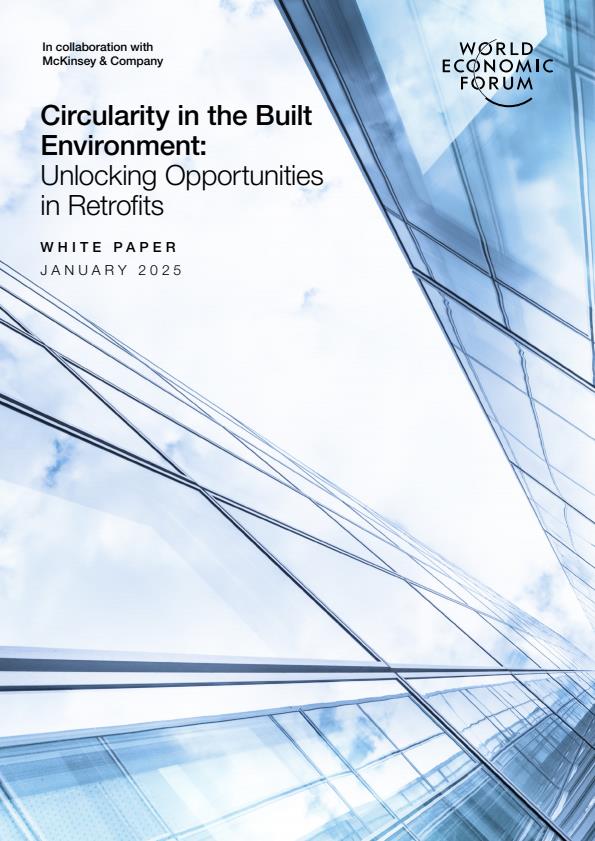The transition to a sustainable built environment is essential for conserving natural ecosystems, reducing emissions in line with the Paris Agreement, and mitigating the effects of climate change. Rapid urbanization further intensifies these environmental pressures, with the United Nations reporting that the world constructs the equivalent of a city the size of Paris every week.1
Our recent report Circularity in the built environment: Unlocking opportunities in retrofits, written in collaboration with the World Economic Forum, offers insight into how retrofits can use readily available technologies and solutions and help achieve net-zero emissions in a financially neutral or positive way.2 Given that the built environment is responsible for almost 40 percent of global energy-related CO2 emissions, of which more than a quarter come from building operations,3 retrofitting is a critical step toward decarbonizing the building and construction sector. And given the scale of the built environment, the cost-effectiveness of decarbonizing existing buildings may surpass even that of the broader energy transition.
A previous white paper published by the World Economic Forum in collaboration with McKinsey explored the potential for circularity in the built environment to simultaneously create business value and reduce CO2 emissions across six crucial materials.4 This paper examines circularity in retrofitting as a vital submarket and outlines potential actions for stakeholders.



